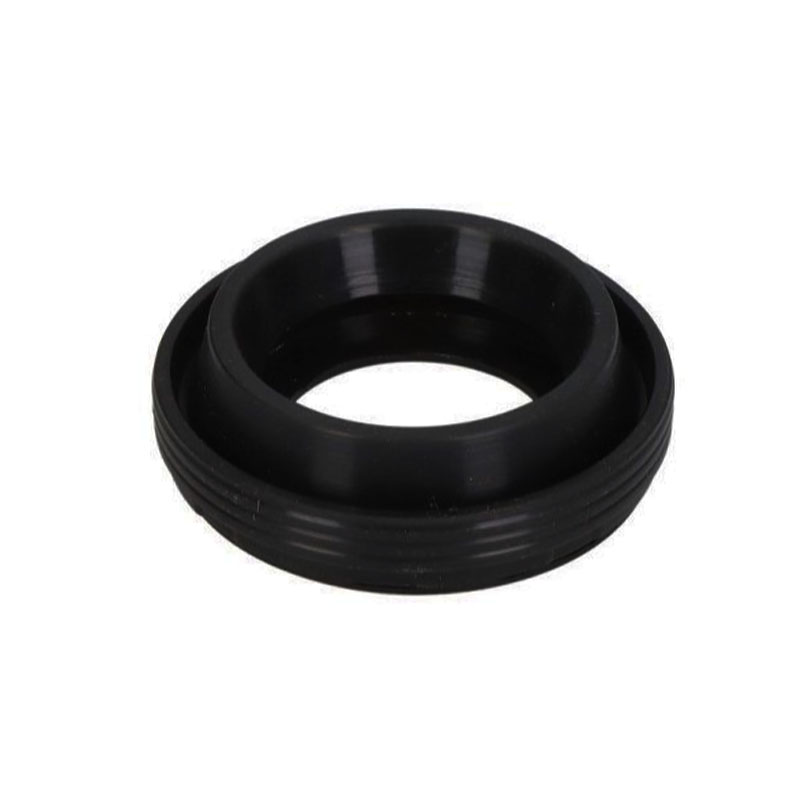distributor oil seal
Understanding Distributor Oil Seals A Vital Component for Engine Efficiency
In the realm of automotive engineering, every component plays a crucial role in the smooth operation of an engine. Among these components, distributor oil seals are often overlooked, yet they are integral to maintaining engine efficiency and longevity. This article delves into the importance, functionality, and maintenance of distributor oil seals.
What are Distributor Oil Seals?
Distributor oil seals, often referred to simply as oil seals or shaft seals, are designed to prevent oil leaks in an engine’s distributor assembly. They serve as barriers to ensure that oil stays in designated areas, thereby preventing contamination and maintaining the optimal functioning of engine parts. Typically made from elastomers such as rubber, these seals resist wear and aging, which is essential given their exposure to heat, pressure, and various chemicals.
Functionality of Distributor Oil Seals
Distributor oil seals primarily function to encapsulate the oil within the distributor housing. The distributor plays a significant role in directing the electrical charge to the appropriate cylinder, ensuring proper combustion. If oil leaks from the distributor due to a faulty seal, it can lead to several issues, such as misfiring, poor engine performance, and even significant engine damage over time.
The oil seal works by creating a tight fit around the rotating shaft of the distributor. In doing so, it effectively prevents oil from leaking out, while allowing the shaft to spin freely. Furthermore, the design of these seals often includes a spring or lip that enhances their sealing capability, ensuring that the seal maintains contact even under variable operating conditions.
Signs of a Failing Distributor Oil Seal
Recognizing the symptoms of a failing distributor oil seal is crucial for automotive maintenance. Common indicators include
distributor oil seal

1. Oil Leaks The most obvious sign is visible oil leaking from the distributor area. This leakage can lead to oil accumulation on the engine block or surrounding components.
2. Engine Performance Issues If the seal is compromised, it may disrupt the distribution of oil, leading to poor lubrication of engine parts and causing misfires or stalling.
3. Increased Oil Consumption A faulty seal may result in higher oil consumption due to leaks, prompting the need for more frequent oil changes.
4. Engine Overheating Insufficient lubrication can lead to overheating, as the oil is unable to effectively carry heat away from engine components.
Maintenance and Replacement
Regular inspection and maintenance of distributor oil seals are essential for preventing severe engine issues. During routine oil changes, mechanics should examine the seals for signs of wear or damage. If any issues are detected, timely replacement is vital to avoid more extensive repairs and ensure the engine operates smoothly.
Replacing a distributor oil seal generally involves removing the distributor, which can be a straightforward task for experienced mechanics. After replacing the seal, it is crucial to reassemble the distributor correctly to avoid alignment issues that could lead to further complications.
Conclusion
In conclusion, while distributor oil seals may seem small and insignificant, their role in an engine's performance is undeniably vital. Ensuring these seals remain in good condition is crucial for preventing oil leaks and maintaining overall engine efficiency. Regular inspections and timely replacements will contribute to the longevity of the engine and help keep performance at its peak. By paying attention to this often-overlooked component, car owners can save on costly repairs and enjoy a smoother driving experience.
-
The Ultimate Guide to Car Repair Kits: Tools and Essentials Every Driver Should Own
News Aug.01,2025
-
The Complete Guide to Oil Pan Gaskets: Sealing Engine Leaks the Right Way
News Aug.01,2025
-
Preventing Oil Leaks: A Complete Guide to Oil Pan Gaskets and Drain Seals
News Aug.01,2025
-
Everything You Need to Know About Oil Pan Gaskets and Drain Plug Seals
News Aug.01,2025
-
Essential for Car Owners: How to Use a Car Repair Kit to Deal with Minor Breakdown
News Aug.01,2025
-
Comprehensive Guide to Engine Oil Sump Gaskets and Related Seals
News Aug.01,2025
-
The Ultimate Guide to Boat Propeller Bearings and Trailer Wheel Bearings
News Jul.31,2025
Products categories















